By Cynthia Freese, Director of Artist Relations, Artists Sunday
Note: This article was written in prior to the current COVID-19 social distancing rules currently in place in large parts of the United States. Are physical events allowed in your area? If so, please follow your local community health and safety guidelines.
Hosting a booth at an event can be a dauting undertaking if you’ve not done it before. But the rewards can well be worth the effort. I started out doing art walks before I decided to open a gallery. Over that time, I learned a few things. Here are a several tips from those experiences:
Start with a Plan
You don’t need to spend a fortune on expensive booth set ups, but you do need to plan. Before art shows, I usually tape off an area in my driveway the size of my booth. After a few dozen shows I purchased a piece of carpet the size of most of my booth spaces. After taping or placing a rug I set up my booth and take photos. I can move things around and get a feel for what the booth dynamic will feel like. Once you have done a few different types of shows, deciding how you want your booth to look will become much easier.
Professionalism and presentation.
Professionalism and presentation can go a long way in making an impact on your potential customers. You’ll want to arrange work so that it can be seen from a distance. You can find lots of do-it-yourself ideas online to help with booth design and set up.
Getting the word out!
As soon as you decide to commit to an event start working on your invite list. Use a variety of resources to invite your network to come out to the event.
Your Audience
Make it easier for yourself to make a sale. Do your research on what style and price point art fair attendees will respond to, so that your art isn’t something they have to pass on. Once you’ve picked the perfect art fair, personally invite fans on your mailing list, and ask them to pass along the invite to interested friends. The more interested potential buyers, the better!
Do’s and don’t’s at your booth!
Don’t eat.
If you are working an all-day event I am not suggesting you starve yourself. But, it’s better to walk away to eat or move behind your booth to grab a quick bite. If you’re eating in your booth, people will often feel they are interrupting you and will walk past your both.
Avoid sitting and reading at your booth!
Yes, events can be long and it can be tempting to bring a book to help pass the time. But potential customers need to feel welcomed into your booth. Be present and smile!
Avoid having friends and family members at your booth.
Unless they are there to give you a restroom or meal break, avoid having friends and family members at your booth. If they stop by to show support, thank them for showing support and don’t be afraid to tell them you need to be available to meet with new customers. It’s okay to remind them that your goal for being there is to sell your work!
Look welcoming.
You want people to feel comfortable in your space. Smiling, good eye contact and keeping your arms by your sides makes you look friendly and attentive. If a potential buyer wants to know more about your inspiration and strikes up a conversation, great! But some people may not want to engage in chit-chat and would rather be free to peruse your art at their own pace. Try to read the crowd and when in doubt, stay back and let them know you are there to answer questions.
Demonstrations Invite Engagement
Depending on your work, you can invite customers into your space by offering to show them a demonstration of a process you use. Painters often set up a place to paint in front of their booth. Make sure to check with the organizer that demonstrations are okay to do and let them know what you are planning. It is disappointing when you put a lot of work into something and arrive and are told it is not allowed.
The Art of Conversation
Do More than Say “Thank You” – engage a conversation! “Thank you” should not be your only response to compliments. Why? It ends the conversation. Your customer is giving you the open door to discussion, so instead of simply responding with “thank you,” segue into a story about yourself or a story about your art. This will help build an emotional connection to the piece that customers are likely to remember and appreciate.
Business Cards
Keep the relationship alive with your satisfied customers. Whether you ask them for feedback when they’ve installed your piece or to share your information with others, professional and creative business cards are a wonderful way to form a connection for future art sales. Don’t forget to snag their business cards as well! You can build your contact list by sending thank you notes or invites to your next show.
Dont overfill your booth
It’s easier for customers to decide when their choices are limited. Decorate your booth with a crisp and clean aesthetic, with additional art stored nearby to replenish your walls.
Taking Credit Cards is a must
It is a shame to lose a sale because you were not equipped to take credit cards. This also goes hand-in-hand with being perceived as professional. Square is a popular solution that even sends you a free credit card reader! Give it a try it before your event. It is easy to test by conducting a dollar transaction from your own card. You just stick it into your phone, your customer swipes and signs, and you collect your money through an easy-to-use app!
After the Sale
After the sale make sure to offer to wrap or package the work for them.
Many new artists get so wrapped up in preparing work for a show they forget to think of how the customers will carry the work around the rest of the show and get it home safely.
In the excitement of making a sale Don’t Forget to Show Gratitude. Thank customers for stopping by, for signing your welcome book and for any purchase they make. A sincere thank you goes a long way!
Thanks for reading and have a great show!




